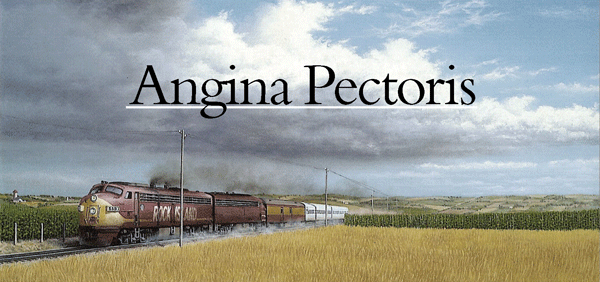
Emphatically distancing himself from evolutionary optimism (things will get better and better as we build heaven on earth) or transitional souls (things will get worse and worse until we finally abandon this wicked earth), Wright seeks to answer “the major, central, framing question” of both Testaments: “God’s purpose of rescue and re-creation for the whole world, the entire cosmos” (184). The bodily, in our space-time continuum, resurrection of Jesus “is the decisive event demonstrating that God’s kingdom really has been launched on earth as it is in heaven” (234). By rising bodily (not spiritually) from the dead, death has been defeated (not redefined), and we have witnessed the inception of the inevitable trajectory of God’s good earth (our present space) meeting God’s perfect heaven (God’s present space) as depicted in Revelation. Believers are signposts here and now of the goodness of creation and its eventual renewal by championing the Lord’s present dominion over all the earth – spiritually, socially, politically, economically – and anticipating when we are resurrected bodily and creation is “set free from its bondage to decay” (Rom 8:21). “We do not ‘build the kingdom’ all by ourselves but we do build for the kingdom…what is done in the present in the body, by the power of the Spirit, will be reaffirmed in the eventual future, in ways at which we can presently only guess” (143, 156).
As always there are so many things Wright does exceptionally well. His opening chapters prove that he remains a premier apologist and one of few theologians with refreshing, exciting things to say about the resurrection and new creation. In a lot of ways, his critiques are penetrating and demand attention. Biblically, we cannot deny social action, political involvement, environmental concern, the integrity of secular work, or the stuff of life but neither can we support their weight under the present ambiguity about a temporary earth and eternal heaven. He has caught the evangelical hand in the cookie jar trying to retrieve treats of present relevance while balancing precariously on a rickety step-stool of escapism.
At the end of the day, despite talk of the middle way, we are still left out of focus when we approach the New Testament with Wright’s prescription. At the heart of the problem is his rendition of the gospel: “the gospel, in the New Testament, is the good news that God (the world’s creator) is at last becoming king and that Jesus, whom this God raised from the dead, is the world’s true lord” (227). Though this is absolutely true and cannot be said enough in our wishy washy private spiritualism, this narrow definition demands he shy away from (not deny) talk of the role of sin in individuals and Christ’s solution (which really fuels talk of his lordship), a deafening theme in the Scriptures. By emphasizing the former aspect of the gospel at the exclusion of the redemption of humanity is really the false dichotomy that looms large behind the social action versus evangelism debate. Both are about as helpful as giving priority to Jesus as Savior or to Jesus as Lord.
Not surprisingly, when you tease out the implications of a Jesus more Lord than Savior you end up with incredibly helpful insights and incredibly bizarre exegesis. To cite a few of the latter: 1 Corinthians 5:17’s warning that without Christ’s resurrection “you are still in your sins” becomes “not simply a private experience; it is a fact about the cosmos” (247). Similarly, he draws a curious analogy: “He wanted to rescue
